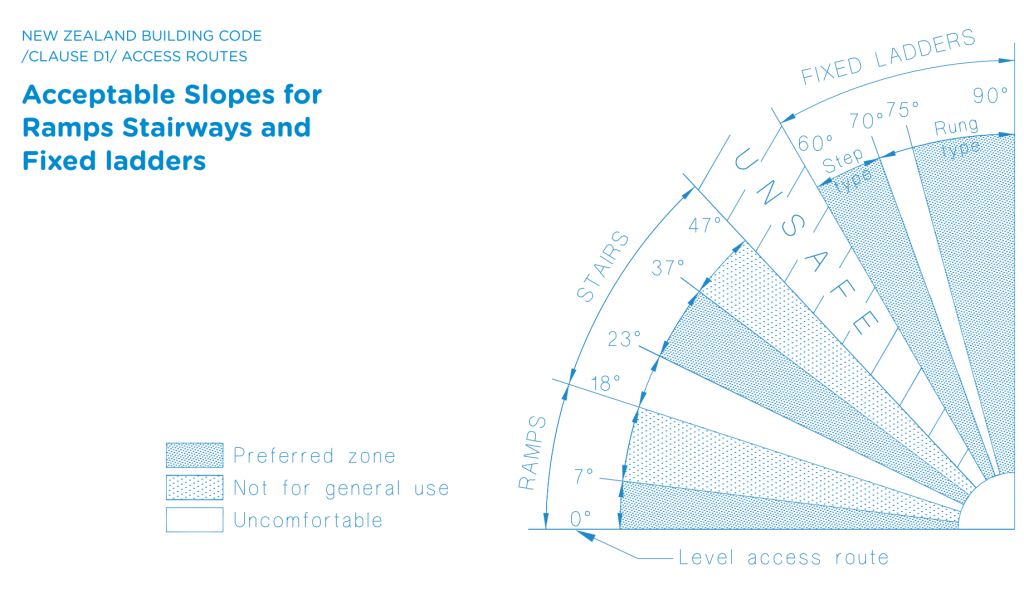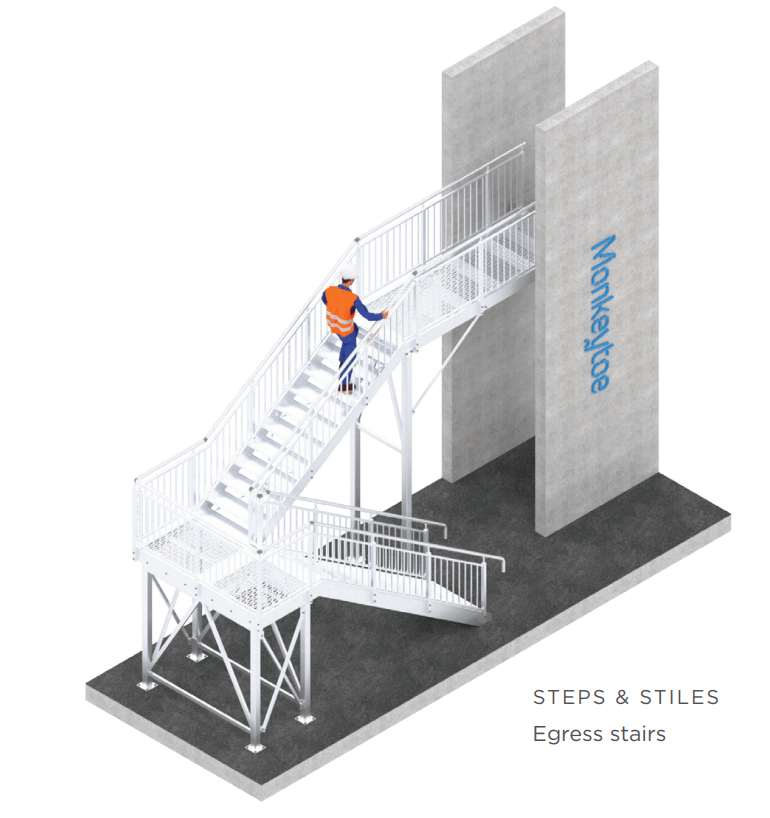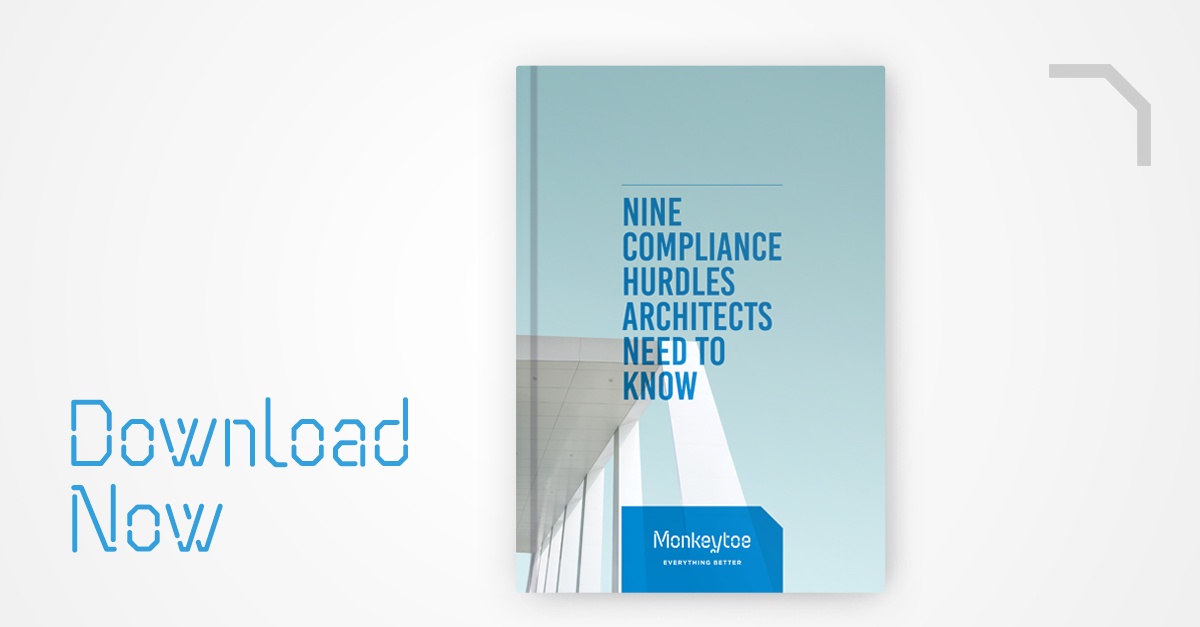If you’re designing access routes – especially on roofs – you’ll almost certainly have to choose between some way of transitioning a gradient. Thankfully, when it comes to designing walkways, ramps, stairs and ladders, the New Zealand Building Code offers clear indications for which of these solutions is best used, and when.
0° covers your level access walkway, while anything up to a 7° incline (i.e. a rise of 1 in 8) is a ramp with relatively easy access for those using it to manage, whether they be walking or have limited mobility. If you design a slope between 7° and 20° (i.e. 1 in 2.7 or greater), it starts becoming more difficult on ankles, so there’s a higher chance of the average person slipping. Here you’ll need to allow for cleats or grates to improve comfort and safety.

Above 20° and slopes become impractical, so stairs are your best solution. It’s little wonder that the NZBC suggest stairs for gradients between 23-37°, given that this brackets the 20-30° of your common roof angle. A set of lightweight aluminium stairs – complete with cleats or grates – are the best and safest solution for allowing traffic over roofs.

When walkways
are sloped, you
increase the risk of
the ‘rolling ankle
effect’, so more
often than not good
architects design
walkways to come up
to level to provide
the safest paths for
users.
Stairs up to 47° are best suited for low-traffic service areas. 47-60° is considered an ‘unsafe’ angle, neither suitable for steps nor stairs – most people won’t be able to navigate them comfortably in this awkward middle ground and, if it’s uncomfortable, it’s unsafe. For this sort of gradient, go for a combination of stairs and/or ladders with platforms. Beyond 60° and you have fixed ladders designed according to need – depending, for example, whether the ladders are used frequently with gear or loads, or just personnel.
Designing the best buildings means jumping hurdles, but we’re here to help. Download our full ebook to make sure you’re prepared for the complex landscape of architecture.



